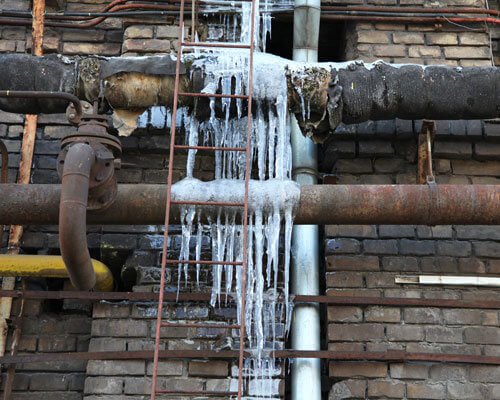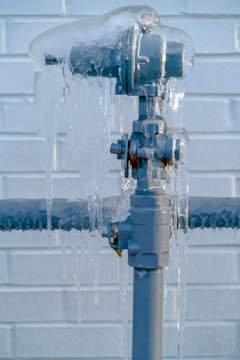What are your concepts about 6 Ways to Prevent Frozen Pipes?

Cold weather can wreak havoc on your plumbing, particularly by freezing pipelines. Below's exactly how to avoid it from occurring and what to do if it does.
Introduction
As temperature levels decline, the threat of icy pipes increases, possibly causing expensive repairs and water damages. Comprehending how to prevent icy pipes is crucial for home owners in chilly climates.
Understanding Frozen Pipes
What creates pipelines to freeze?
Pipelines freeze when revealed to temperatures below 32 ° F (0 ° C) for prolonged periods. As water inside the pipelines freezes, it expands, putting pressure on the pipeline walls and potentially causing them to break.
Risks and problems
Icy pipes can lead to water system interruptions, residential property damage, and costly repairs. Burst pipes can flooding homes and cause considerable structural damage.
Indications of Frozen Pipeline
Identifying icy pipes early can stop them from rupturing.
How to recognize frozen pipelines
Seek reduced water flow from taps, uncommon odors or sounds from pipes, and noticeable frost on revealed pipes.
Prevention Tips
Shielding susceptible pipelines
Cover pipes in insulation sleeves or make use of heat tape to shield them from freezing temperatures. Focus on pipelines in unheated or exterior areas of the home.
Heating methods
Maintain indoor areas adequately heated, specifically locations with pipes. Open up cupboard doors to allow cozy air to distribute around pipes under sinks.
Shielding Exterior Pipes
Yard pipes and exterior faucets
Separate and drain garden pipes prior to winter months. Install frost-proof spigots or cover outside taps with protected caps.
What to Do If Your Pipelines Freeze
Immediate actions to take
If you think icy pipelines, maintain taps open to soothe stress as the ice melts. Use a hairdryer or towels taken in warm water to thaw pipelines gradually.
Long-Term Solutions
Structural adjustments
Think about rerouting pipes away from outside wall surfaces or unheated locations. Add additional insulation to attics, basements, and crawl spaces.
Upgrading insulation
Buy premium insulation for pipelines, attics, and walls. Correct insulation assists keep constant temperatures and minimizes the danger of icy pipes.
Conclusion
Stopping icy pipelines calls for aggressive measures and quick actions. By recognizing the reasons, indicators, and safety nets, home owners can shield their plumbing throughout winter.
5 Ways to Prevent Frozen Pipes
Drain Outdoor Faucets and Disconnect Hoses
First, close the shut-off valve that controls the flow of water in the pipe to your outdoor faucet. Then, head outside to disconnect and drain your hose and open the outdoor faucet to allow the water to completely drain out of the line. Turn off the faucet when done. Finally, head back to the shut-off valve and drain the remaining water inside the pipe into a bucket or container. Additionally, if you have a home irrigation system, you should consider hiring an expert to clear the system of water each year.
Insulate Pipes
One of the best and most cost-effective methods for preventing frozen water pipes is to wrap your pipes with insulation. This is especially important for areas in your home that aren’t exposed to heat, such as an attic. We suggest using foam sleeves, which can typically be found at your local hardware store.
Keep Heat Running at 65
Your pipes are located inside your walls, and the temperature there is much colder than the rest of the house. To prevent your pipes from freezing, The Insurance Information Institute suggests that you keep your home heated to at least 65 degrees, even when traveling. You may want to invest in smart devices that can keep an eye on the temperature in your home while you’re away.
Leave Water Dripping
Moving water — even a small trickle — can prevent ice from forming inside your pipes. When freezing temps are imminent, start a drip of water from all faucets that serve exposed pipes. Leaving a few faucets running will also help relieve pressure inside the pipes and help prevent a rupture if the water inside freezes.
Open Cupboard Doors
Warm your kitchen and bathroom pipes by opening cupboards and vanities. You should also leave your interior doors ajar to help warm air circulate evenly throughout your home.

I came across that page on How to Prevent Your Pipes From Freezing when perusing the web. Do you know anybody else who is fascinated with the topic? Do not hesitate to share it. Thank you for going through it.
Visit Our Site
Comments on “Preventing Frozen Plumbing in Winter: Essential Strategies”